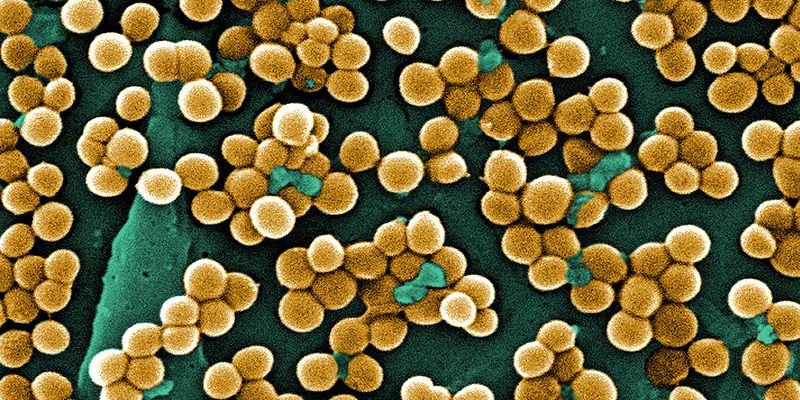|
By Ian MacArthur
Antibiotic resistance in bacteria poses a major problem to modern public health. Infections that were once routinely treated with antibiotics have become extremely problematic to effectively kill, making even simple surgical operations dangerous from the perspective of contracting a resistant infection. Resistant strains of bacteria, such as methicillin-resistant Staphylococcus aureus, have sprung up in hospitals where they must be carefully contained lest the infection spread further. However, a new drug being developed by U.K. pharmaceutical company Helperby Therapeutics may open the door for methicillin and other antimicrobial agents to renew their therapeutic benefits. Researchers at the drug company have announced that they have identified a compound called HT61 that functions as an “antibiotic resistance breaker.” HT61, when paired with an antibiotic drug that a strain of bacteria have become resistant to, rejuvenates the effectiveness of the old antibiotic to kill colonies of the bacteria. Although the drug is not yet commercially available, a successful phase II clinical trial, in which scientists test whether the drug can be used in medical treatment, has paved the way toward cooperation between Helperby and an Indian drug company, Cadila Pharmaceuticals, to carry out a phase III trial. Investigators observed in the phase II trial that HT61 helped to dissolve the bacterial cell membrane, conferring new effectiveness to an antibiotic that a particular strain of staphylococcus had become resistant to. The identification of a resistance-breaking agent will no doubt inspire further research into compounds that may function similarly to restore the antimicrobial action of old antibiotics. Pending approval after the phase III trial, HT61 will likely play a large role in treating the existing resistant strains so as to mitigate the widespread problem of these strains appearing in hospitals. However, it is clear that drugs of this kind will not be a permanent solution to the problem of antibiotic resistance. If bacteria can become resistant to antimicrobial agents, there is no reason that, over time, they could not become resistant to resistance breakers. Indeed, it would take just a single gene mutation for a bacterium to achieve the means to counter the action of HT61. Once such a bacterium appears in a colony being treated with the drug, natural selection will select for bacteria with resistance to HT61 and the problem of resistance will persist. Anthony Coates, Chief Science Officer at Helperby, concisely summarized the current global problem of antibiotic resistance: “The emergence and spread of drug-resistant pathogens has accelerated whilst the pipeline for new anti-microbial drugs has all but run dry.” Implicit in this statement is the idea that intensified development of antibiotics may serve as a solution to drug resistance. While new drugs are certainly needed to treat the current problem in hospitals, it seems that using drugs to fight drug-resistant bacteria will lead to a pharmacological arms race between bacteria and humankind that man may not be posed to win. What will happen once bacteria become resistant to a new generation of antibiotics? Is the number of undiscovered antimicrobial compounds exhaustible? Or is there some other way to fight drug resistant infections besides treatment with other drugs? These are among the questions that should be asked as a way of determining how the world should move forward with the problem of antibiotic resistant bacteria. What is known now is that conventional methods will not be sufficient to finally solve the problem and that an immense amount of human imagination will be required to do so. Mankind will have to be diligent in formulating new ways of taking on this issue if our relative mastery of communicable diseases is to continue.
0 Comments
Leave a Reply. |
Categories
All
Archives
April 2024
|

